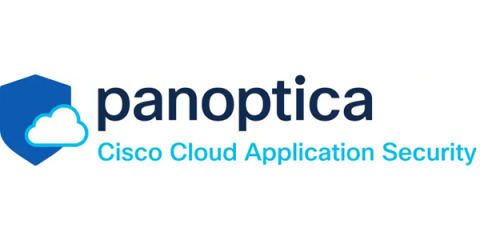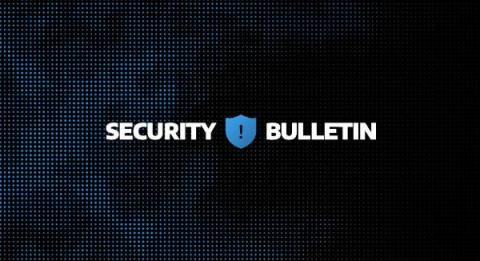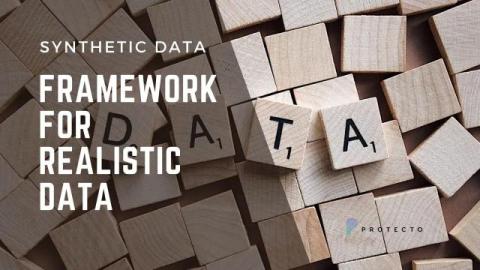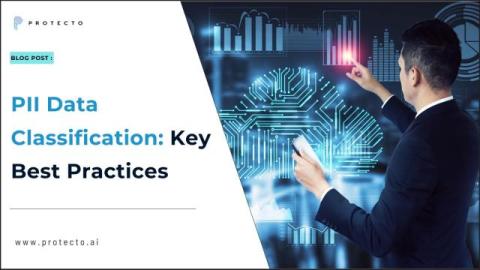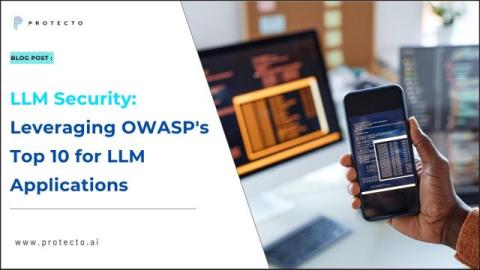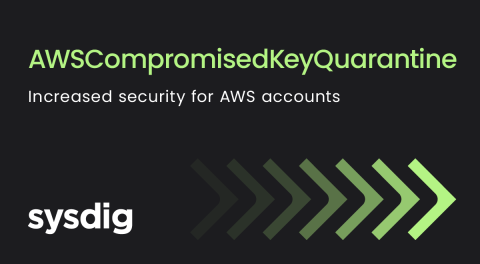The Essential Role of CIEM: Stopping Multi-Cloud Identity-based Threats
Enterprises are increasingly adopting multi-cloud environments to take advantage of the flexibility and scalability of different cloud platforms. However, this shift has also introduced a major security challenge: the rise of identity-based threats. With 82% of data breaches now involving cloud-stored data, securing cloud identities has become a critical need. The complexity of managing identities and permissions across multiple cloud platforms only amplifies the risks.


